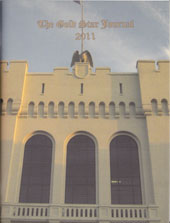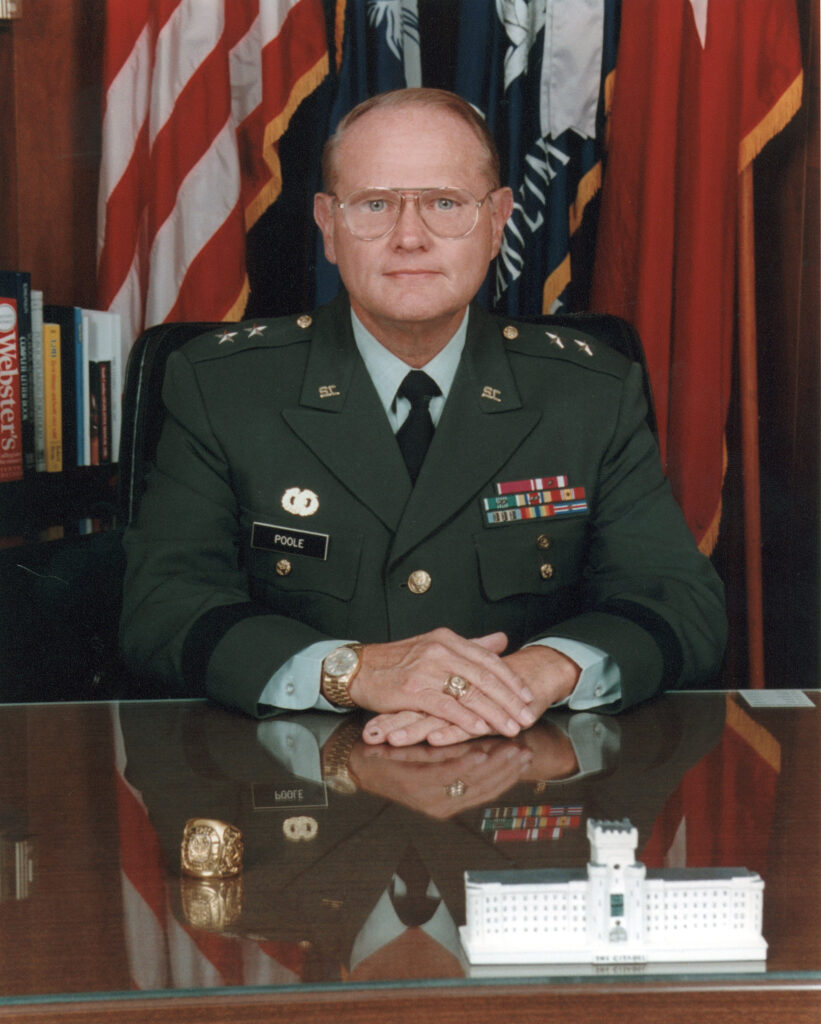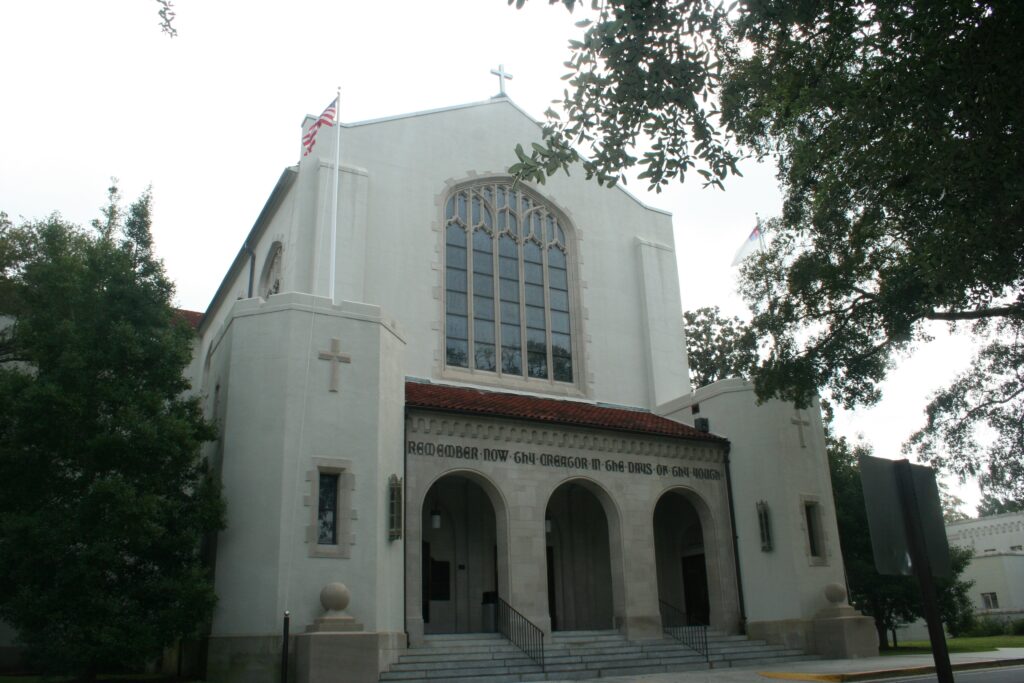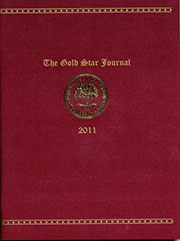Editor-in-Chief
- Taylor D. Gilliam, 2011, Business Administration Major.

The Editors
- Mark G. Shaw, 2012, Civil and Environmental Engineering Major.
- Stiles M. Harper, 2013, Biology Major.
- Lance C. Braye, 2013, Biology Major and Health Minor.

“The Editors of The 2011 Gold Star Journal dedicate this year’s journal to General Poole, in honor of his commitment to this school and its success. Without his selflessness, this publication would not be possible. Fifteen years ago, during his time as Vice President for Academic Affairs, General Poole allocated funds for The Gold Star Journal. His strong affirmation that cadets should be proud of their school’s literary publications should not go unnoticed.”-The 2011 Gold Star Journal
To view the entire 2011 edition, click this link or the cover above.
Best Overall Submission
“The Method Behind His Madness”, Devon C. Smith, Class of 2012, Political Science Major.
This work is an in depth examination of how Hitler actually planned on creating what he called the “Master Race.” The programs instituted in pursuit of the “Master Race” were thoroughly effective and were used to select, breed, and train the ideal Nazi. Over the span of a few generations, Hitler’s programs could have led to a physically superior group of human beings—although unorthodox and immoral, it was possible. The systematic indoctrination of Nazi children from birth until their mid-twenties was accomplished through a series of paramilitary youth clubs and military schooling. Although this indoctrination of the population led to one of the darkest and most tragic chapters in world history, it also created a system in which Hitler could successfully create his “Master Race.”
Featured Papers
“Race and Policing: An Assessment of Cultural Problems”, John R. Van Swearingen, Class of 2011, Criminal Justice Major.
The social problems of racial injustices provided a pertinent focus point during a class on Critical Issues in Law Enforcement. It is true that minorities are overrepresented in the criminal justice system, but why? Since the race riots of the 1960’s, agencies have adapted community policing strategies to address this issue of disparity. Unfortunately, many of these strategies can aggravate tensions. The “Broken Windows” theory, introduced in 1982, attempts to address the causative factors behind deviant behavior in high-crime areas.
“Racing Towards A Brave New World”, Lance C. Braye, Class of 2013, Biology Major and Health Minor.
A dystopian masterpiece in the literary canon, Aldous Huxley’s Brave New World depicts a future World State dominated by science, pleasure, and productivity. However, the tale turns from sheer entertainment to chilling prophecy when compared with current issues and movements of the present day. While many dismiss the plausibility of such an outcome for the planet, many possible roots for the existence of a World State and the widespread use of eugenics permeate the globe. In this essay, some of those roots are analyzed, as well as the relatively simple path that needs to be taken to make a Brave New World our own.
“Wilfred Owen’s Brutal Honesty on the Wartime Experience”, Marttin E. Periola, Class of 2011, English Major and Leadership Studies Minor.
In the past decade where America was fighting vigilantly on two battlefronts in both Iraq and Afghanistan, war has defined the new millennia. Wilfred Owen, a veteran from WWI, has a resounding, clarion answer: poetry. In my paper, I explore Owen’s therapy through his poetry and the stark truthfulness that he conveys about war’s horrifying reality in the hope of healing his British countrymen from the ravages of conflict.
“The Evolution of Christianity in the American Society”, Matthew E. Selmasska, Class of 2012, Political Science Major.
Even before the official founding of our nation, the United States has always been considered a uniquely spiritual country. This ever present reverence for organized religion has characterized many different groups of America’s citizenry. However it has also been the source of contention for vast sociopolitical questions in the United States. We as a people would be amiss to assume that tenets of religious faith have had little impact on our society. The point of departure from fundamentalism to open-minded, rational thinking is best evinced in classic American literature.
“The Building of Braddock’s Road”, John J. Riser, Class of 2012, Biology Major.
The building of Braddock’s Road is one of the most spectacular engineering achievements in military history. Despite its scale and the ingenuity behind its development, many people know little about this colossal road carved into the American Wilderness. Many military leaders and their campaigns have gone down in history because of their triumphant victories; however ones that fail in their objective fade into history. The story of Braddock’s Road represents one of those forgotten campaigns and represents one of history’s lost gems.
Featured Photographs
Fletcher L. Stark, 2012 – Summerall Chapel

2011 Edition Donors
The 2011 edition was made possible by donations from the following Individuals and groups:
- The Citadel Foundation
- Dr. T.W. Graham Solomons, ’55
- Dr. Suzanne T. Mabrouk and Mr. Stephen S. Jones
- LCDR David O. Keyser, M.D., USN, ’81
- Dr. Kaivon Madani, ’97
- CPT Shawn A. Reynolds, USA, ’04
- CPT John H. Berhmans, USAF, ’06
- CPT Aaron T. Shaw, USA, ’07
- Rev. Paul B. Conner, JJ, ’79
- Mr. Grey C. Schulman, ’09

